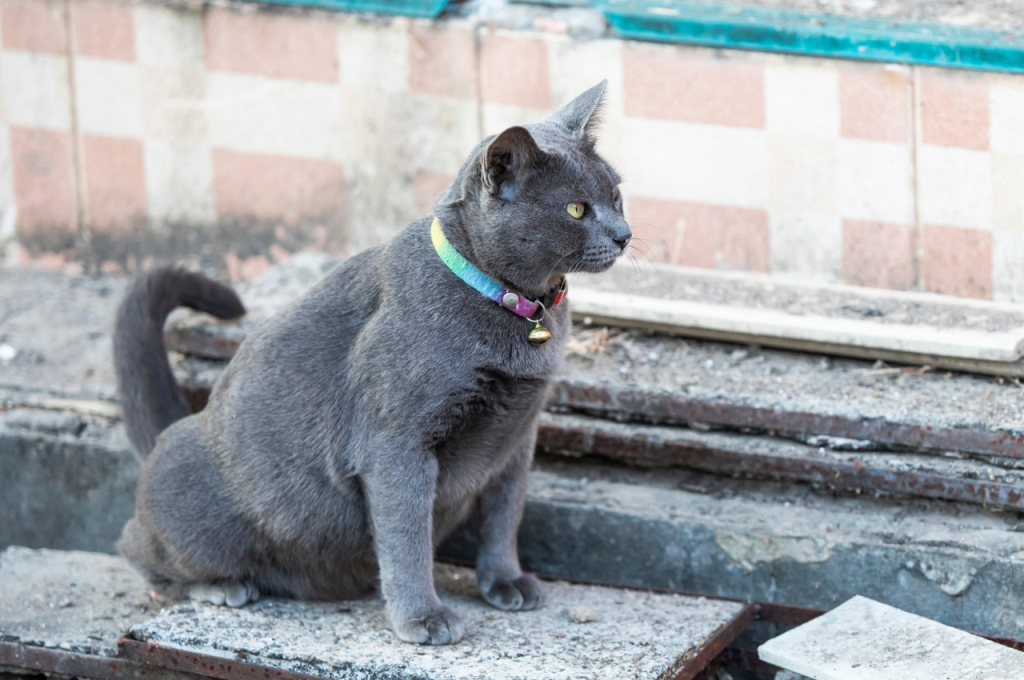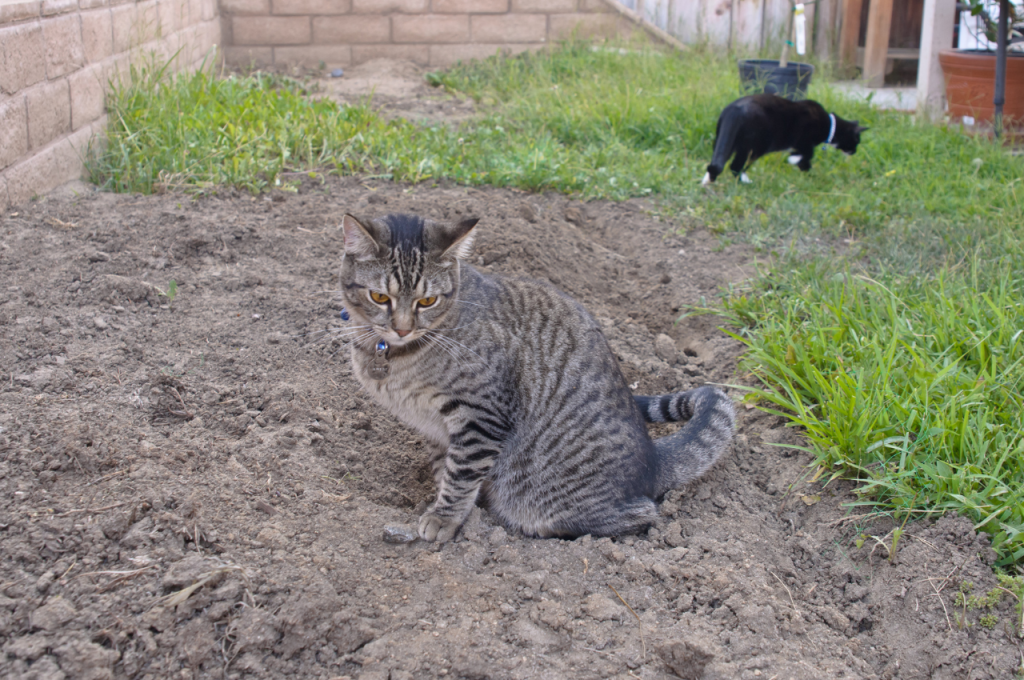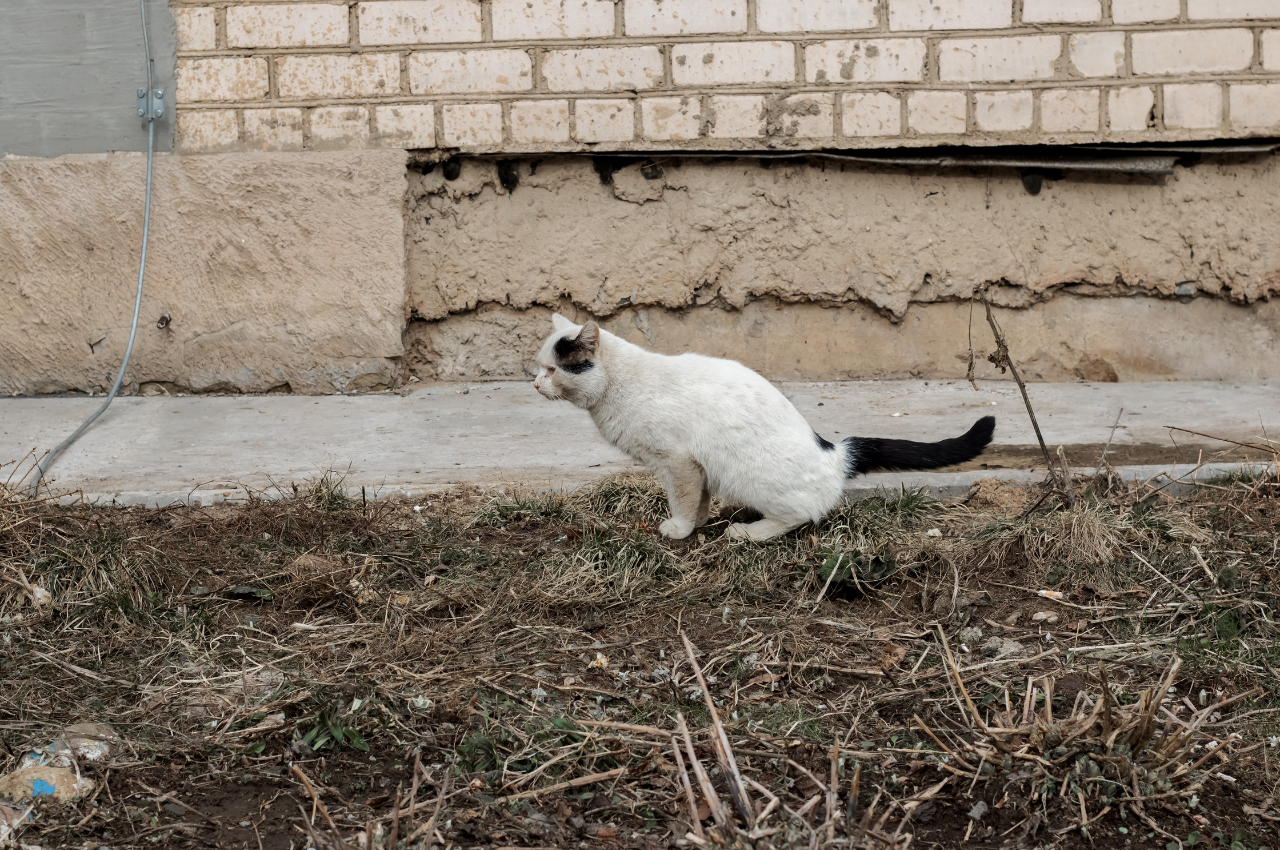To train your cat to pee and poop outside, start by creating a designated outdoor bathroom area for your cat. Training your cat to use the bathroom outside can be achieved through consistent positive reinforcement and patience.
By following simple steps and establishing a routine, you can effectively teach your cat to do their business outdoors. Remember to reward your cat for using the outdoor bathroom area and remain patient throughout the training process. With dedication and time, your cat can learn to pee and poop outside successfully.
The Benefits of Outdoor Training
Train your cat to do its business outside with outdoor training. Enjoy the benefits of a clean home and a satisfied feline companion.
Improved Health
Cat litter can harbor bacteria that may affect your cat’s health. Taking your cat outside to eliminate can reduce the risk of infections.
Reduced Litter Box Odor
Training your cat to go outside can significantly decrease indoor litter box odors. Fresh air helps dissipate the smell, promoting a cleaner environment.

Understanding Your Cat’s Natural Instincts
Explore your cat’s instincts to successfully train them to pee and poop outside. Understand their behavior to create a suitable environment for outdoor elimination habits. Establish a consistent routine and positive reinforcement to encourage proper behavior.
Cats and Territory
Cats have a strong need to mark their territory, particularly male cats. They do this by urinating and defecating in areas they consider their own.
Preferred Bathroom Areas
We focus on understanding and facilitating your cat’s preferred bathroom areas. Cats have specific preferences when it comes to eliminating waste and recognizing these preferences is crucial for maintaining their health and happiness.
Creating A Safe Outdoor Environment
When it comes to training your cat to pee and poop outside, creating a safe outdoor environment is of utmost importance. By providing a secure and conducive space for your feline friend, you can ensure their safety while they engage in their natural behavior.
Fenced Yard or Enclosed Space
A fenced yard or enclosed space is essential to keep your cat safe and prevent them from wandering off or encountering any potential dangers. Install a sturdy fence around your yard or create an enclosed space using pet enclosures or catio systems to give your cat the freedom to explore without the risk of running away or facing threats from outside.
Some key points to consider for a safe outdoor environment:
- Choose a fence that your cat cannot climb or jump over, ensuring a minimum height of 6 feet to prevent escapes.
- Inspect the entire perimeter of the fence regularly for any gaps, holes, or weak spots that your cat may be able to squeeze through.
- Install cat-proof barriers on top of the fence to deter climbing attempts.
- If you opt for an enclosed space, make sure to provide enough room for your cat to roam around comfortably.
Toxic Plant Awareness
While allowing your cat to explore the outdoors, it’s crucial to be aware of toxic plants that may pose a risk to their health. Cats are curious creatures and may inadvertently come into contact with plants that can be harmful or even fatal.

Here are some commonly found toxic plants to be cautious of:
| Toxic Plants | Effects on Cats |
| Lilies | Severe kidney damage |
| English Ivy | Oral irritation, vomiting, diarrhea |
| Azaleas & Rhododendrons | Abdominal pain, weakness, tremors |
By creating a secure outdoor environment and being aware of toxic plants, you can provide a safe and stimulating space for your cat to pee and poop outside comfortably. Remember to supervise your cat during outdoor time and always prioritize their well-being.
Transitioning From Indoor to Outdoor
Transitioning your cat from using a litter box indoors to peeing and pooping outside can be a rewarding process. Enhances your cat’s quality of life and minimizes indoor mess.
Gradual Introduction to The Outdoors
When moving from indoor to outdoor elimination, it’s crucial to introduce your cat to the outdoor environment slowly. Start by allowing your cat to explore a small, enclosed area outside under your supervision.
Ensure there are no potential hazards like toxic plants or other animals, and gradually increase the time spent outdoors. This gradual exposure will help your cat feel more comfortable with the outdoor surroundings.
Establishing A Routine
Consistency is key in training your cat to pee and poop outside. Establish a routine by taking your cat outside at the same time every day, such as after meals or naps.
Choose a specific spot outside where you want your cat to eliminate and bring them to that spot each time. Using the same location consistently will help your cat associate that area with the elimination process.
Techniques for Outdoor Training
Outdoor training is a great way to direct your cat’s bathroom activities away from inside the house. Here are some effective techniques for outdoor training your cat to pee and poop outside.
Litter Box Placement Outside
When transitioning your cat to outdoor bathroom use, it’s essential to carefully consider the placement of the litter box. Select a secluded and quiet spot in the yard where your cat can have privacy and feel safe. Ensure the area is shielded from high foot traffic and other animals. Gradually, move the litter box closer to the desired outdoor area to encourage your cat’s use of the outdoor space.
Positive Reinforcement Methods
Effective outdoor training requires the application of positive reinforcement. Praise and reward your cat when they use the outdoor area for bathroom activities. Always provide treats, head pats, or verbal praise as a positive consequence for correct behavior. This helps to create a positive association with outdoor bathroom use.

Conclusion
To successfully train your cat to pee and poop outside, patience and consistency are key. Start by creating a designated area outdoors and gradually transition your cat from the litter box. Use positive reinforcement and reward-based training to encourage desired behavior.
Remember to clean the indoor litter box regularly to minimize the urge for indoor elimination. By following these steps, you can help your furry friend embrace their instincts and maintain a clean living space. Happy training!
